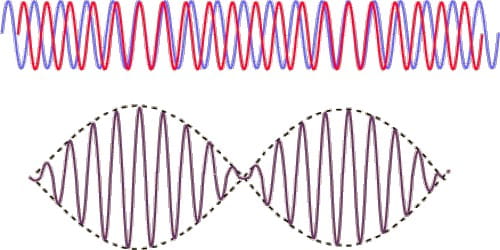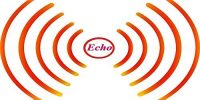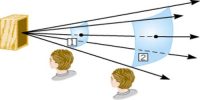Uses of beats:
(i) The phenomenon of beats is useful in tuning two vibrating bodies in unison. For example, a sonometer wire can be tuned in unison with a tuning fork by observing the beats. When an excited tuning fork is kept on the sonometer and if the sonometer wire is also excited, beats are heard, when the frequencies are nearly equal. When two single-frequency tones are present in the air at the same time, they will interfere with each other and produce a beat frequency. One of the applications of subjective tones is the production of three tones by a single brass player. The player plays a note in the usual way but in addition, hums a second note into the mouthpiece. If the length of the wire is adjusted carefully so that the number of beats gradually decreases to zero, then the two are said to be in unison. Most of the musical instruments are made to be in unison based on this method.
(ii) The frequency of a tuning fork can be found using beats. A standard tuning fork of frequency N is excited along with the experimental fork. If the number of beats per second is n, then the frequency of experimental tuning fork is N±n. The experimental tuning fork is then loaded with a little bees’ wax, thereby decreasing its frequency. Now the observations are repeated. If the number of beats increases, then the frequency of the experimental tuning fork is N-n, and if the number of beats decreases its frequency is N + n.
(iii) The subjective tones which are produced by the beating of the various harmonics of the sound of a musical instrument helps to reinforce the pitch of the fundamental frequency. Most musical instruments produce a fundamental frequency plus several higher tones which are whole-number multiples of the fundamental. The beat frequency between these two notes produces a third tone. Such tones are sometimes called multiphonics.
(iv) Radar speed detectors bounce microwave radiation off of moving vehicles and detect the reflected waves. These waves are shifted in frequency by the Doppler effect, and the beat frequency between the directed and reflected waves provides a measure of the vehicle speed.
(v) The Doppler effect in an ultrasonic pulse probe detects the reflected sound from moving blood. The frequency of the reflected sound is different, and the beat frequency between the direct and reflected sounds can be amplified and used in earphones to hear the pulse sound.














